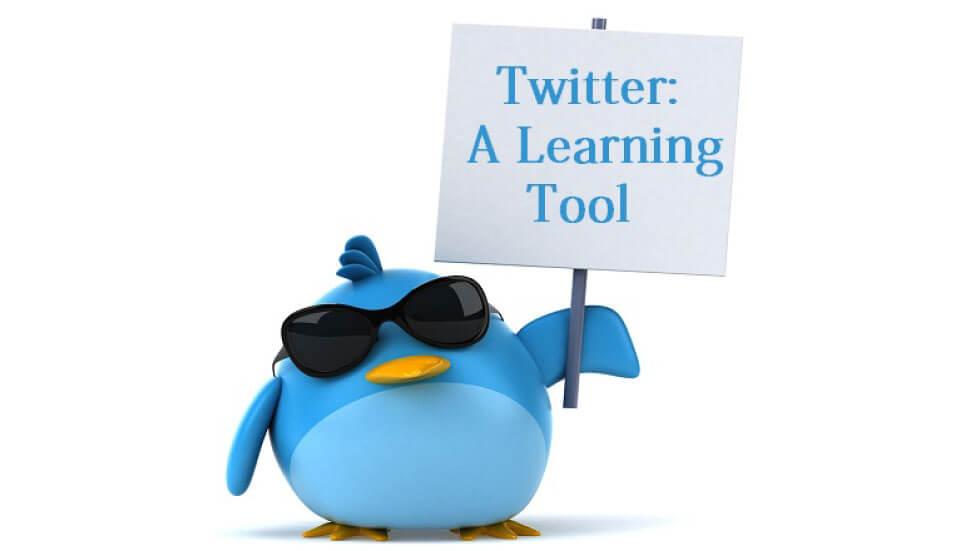Social media in education frequently gets an awful rap for being a driving power behind people falling out of touch, neglecting in-person relationships, and reducing productivity for people around the world. Naysayers blame it for shorter spans of
concentration and explosion of bad grammar, and the most violent of those naysayers consider that social media in education has led to privacy - being a thing of the past.
But if you look behind the rough surface, what Twitter can sometimes present is a great tool for learning. There are 145 million twitter accounts in the USA alone, and there are 200 million tweets being published every day. Twitter (and other social media for learning) can speed up the creation and usage of information by leaps and bounds further than conventional edtech social media sources, and it can also speed up the conversations pertaining to that information. It can increase the accomplishment of any topic-based discussion to an entire world of users.
Twitter is an international community, with undoubtedly international perspectives and opinions about the topics you care about - and outside perspective is good enough. It improves your thinking through the opinions and insights of others.
To influence Twitter as learning tool and a powerful tool for education, I’d suggest these practices:
1. Create Personalized Newsfeed
Communicate and collaborate with the appropriate people and create a personalized newsfeed for yourself using Twitter. You need to communicate with your respectable authors, bloggers, educators, learners and relevant media presences, and explore their interactions with people, and also communicate with those people.
When you come across someone new, you need to check out their bio-data and their last 15-20 tweets. If you feel compelled to retweet with them or engage with their content, then you’ve probably found a good match. If those tweets don’t mean anything to you, don’t communicate with them, even if they’ve communicated you.
2. Use the great search power
Twitter search is a powerful tool that can help you to quickly sort through the massive amounts of content being published on Twitter at any particular time. It works like a basic search engine, but shows results for content and people who talk about that keyword searched.
You need to search for “bridge” keywords for your topics of interest. There is nothing that is super precise or niche, but nothing so common as to hide the content you want in a sea of nothingness. For example: I’m very interested in new use of technology in education. I could look simply for keywords like "edtech", “technology in education”, technology in classroom" or use the powerful hashtag feature for the same, and then I’d see the content I really want.
3. Explore tweet chats
A tweet chat is a virtual conversation around a central thought, and they are rather plentiful on Twitter. Participating in or listening to a tweet chat conversation is a grand way to learn about a topic from the perspective of other individuals who are interested in similar ideas. You can also use tweet chat as an opportunity to develop relationships with other stakeholders in whatever topic you choose.
To help you to find some awesome conversations to join, you will find a wiki containing many current and future tweet chats.
Twitter may seem like a tool "only for famous people", but the ability it presents to quickly and efficiently discover new content from myriad sources all over the world is invaluable. It doesn’t hurt that you are satisfied for sharing good content by creating a network of similar minded individuals who are interested in listening to what you say. If you have tried Twitter for learning in the past and gave up, I would advise you to give it another attempt. If you’ve never tweeted in your life, I’d recommend you to join the stage, if for no other reason than to learn through the opinions and insights of your peers.
Here are some more resources for to enhance your skills in using Twitter as a learning tool.


